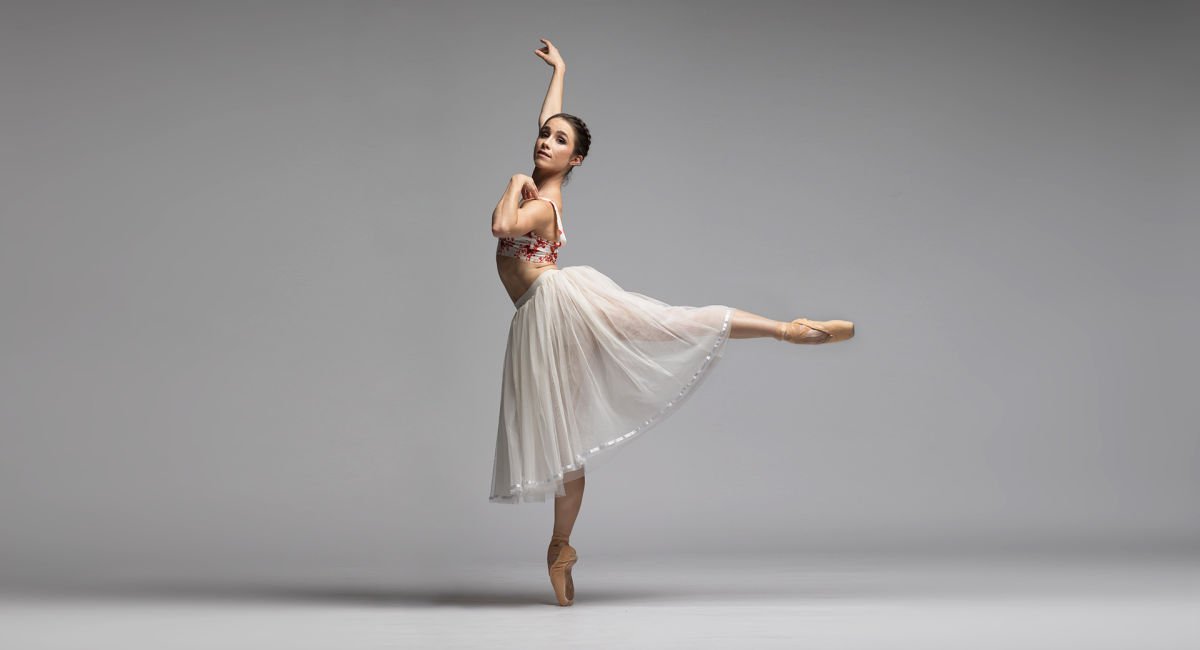Ballet is often described as the foundation of all dance forms. Originating during the Italian Renaissance and later flourishing in France and Russia, ballet has become a global symbol of beauty, control, and precision. Its elegant movements and storytelling abilities have enchanted audiences for centuries.
What is Ballet?
Ballet is a classical dance form characterized by highly formalized steps and gestures. Dancers perform choreographed routines that often tell stories, blending movement with emotion, music, and visual art.
Key Features of Ballet:
- Pointed toes (en pointe)
- Turnout from the hips
- Fluid arm movements
- Graceful posture and poise
- Classical music accompaniment
Ballet requires intense training, flexibility, strength, and emotional expression. Dancers typically start from a young age to master its demanding technique.
Famous Ballet Styles:
- Classical Ballet (e.g., The Nutcracker, Swan Lake)
- Neoclassical Ballet (minimal storytelling, more abstract)
- Contemporary Ballet (mixes ballet with modern dance)
Benefits of Ballet:
- Physical fitness: Enhances balance, core strength, and flexibility.
- Discipline: Ballet’s strict structure builds mental focus and dedication.
- Posture and coordination: Encourages a strong, elegant stance.
- Artistic expression: Encourages emotional depth and storytelling.
Challenges of Ballet:
- Physically demanding and often requires years of training.
- Intense schedule and commitment for professional dancers.
Conclusion:
Ballet is more than dance—it’s a celebration of human grace and emotional depth. Whether performed by a child in a recital or a seasoned professional on the world stage, ballet remains a timeless dance form that continues to inspire.

Leave a Reply